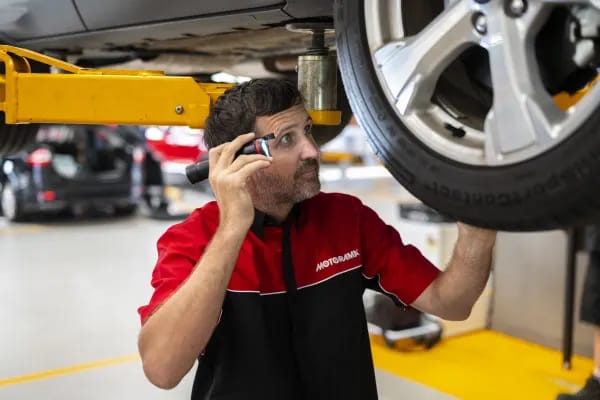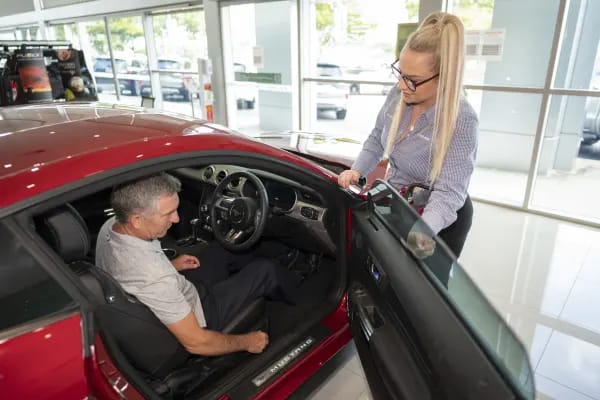
Your Guide To Engine Transmissions
Posted in Motoring Tips
Your Guide To Engine Transmissions
The number of different transmissions on the market seems to be increasing year on year and while they all do effectively the same thing, transferring engine power to the wheels, what makes them all different? Let’s take a look.
MANUAL TRANSMISSION

The old faithful manual is becoming an ever increasing rarity in modern cars, with many models now being offered in automatic only.
While this is a sad occurrence for countless motoring enthusiasts, the reality is that for day to day driving that includes traffic, road works and school zones automatics are often the smart choice.
The manual transmission works with the driver pushing down on a pedal to disengage the clutch then shifting the gearstick ‘manually’ with their hand to locate the next gear.
AUTOMATIC TRANSMISSION
The standard ‘auto’ is a world removed from the manual, giving the driver the ability to concentrate wholly on actually driving the vehicle, it’s as simple as moving the lever to D (Drive) and away you go.
The insides of an automatic are nowhere near as simple as the driving experience, with a complex system of planetary gears and a fluid-coupling torque converter replacing the clutch to driver interface of the manual.
SEMI-AUTOMATIC
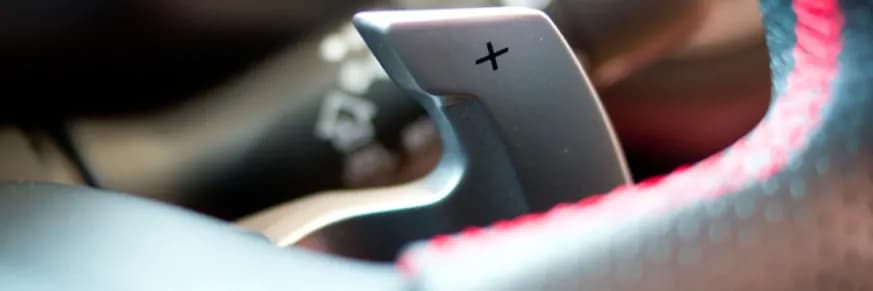
The proliferation of computers throughout modern cars has seen the automatic evolve to incorporate some form of driver control over gear selection. Thanks to computers the majority of modern automatics now come with the ability to be manually shifted, albeit without the use of a third pedal – either through a +/- gate with the gear lever or through ‘flappy paddles’ on the steering wheel.
This driver involvement is really the only difference between the semi-auto and the regular auto, and both automatic transmissions remain significantly heavier than most manuals.
CONTINUOUSLY VARIABLE TRANSMISSION (CVT)
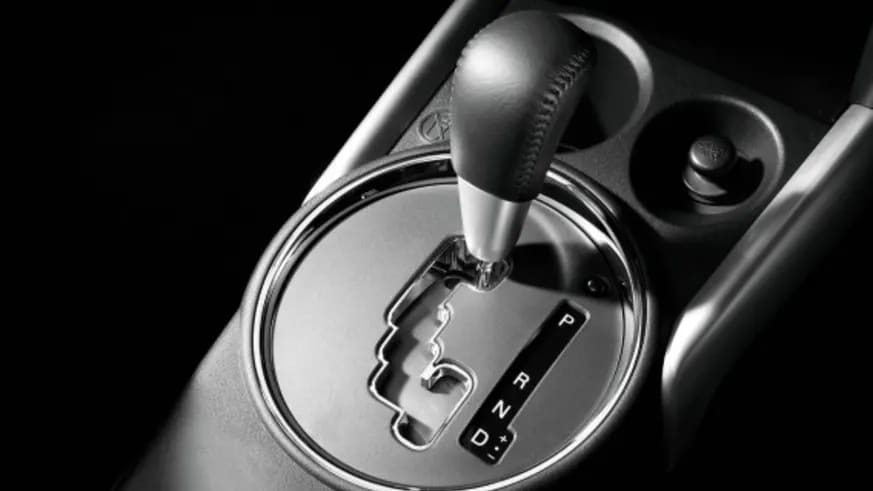
CVT has been one of the most recent developments in the transmission world and is still an evolving technology at this stage. Already prolific in most modern scooters, a CVT is essentially comprised of two pulleys connected by a belt. However, these are unique pulleys as they have the ability to change their size and therefore the so-called ‘gearing’ in the vehicle.
There are no set number of ‘gears’ in a CVT because it can choose the exact gear ratio along a ‘variable’ continuum between its lowest and highest gear ratios. Because of this, CVTs are generally able to extract exceptional fuel economy from the engine they’re mated to and in the same vein, aren’t really suited to performance driving.
A number of modern cars are now being offered with paddle shifters or +/- gates to give drivers some semblance of ‘gear change’ as the unbelievably smooth driving experience of a CVT equipped car can be quite unnerving at first.
DUAL CLUTCH TRANSMISSION (DCT)
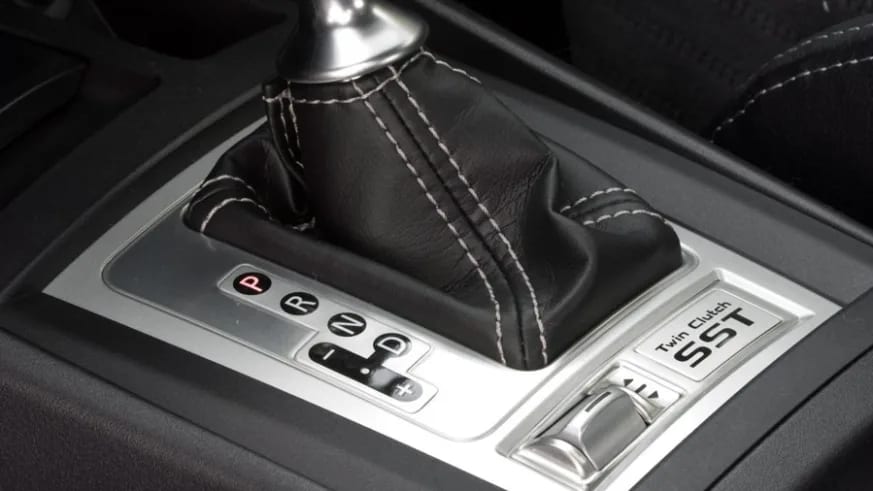
Even more modern is the DCT, currently only available in cars with sporting pretensions – and with good reason – these transmissions offer the driver lightning fast shifts, usually in a fraction of a second, while remaining incredibly smooth at speed.
Just as the name implies, these gearboxes utilise two clutches to change gears as quickly and efficiently as possible. A way to think of DCTs is basically as a high-tech combination of a manual, an automatic and a computer – and right now they’re the pinnacle of road going transmission technology.
They can be left to their own devices in full auto mode or can be switched to manual control usually using paddle shifter or buttons on the steering wheel to determine gear changes. As well as this, the computer controls that decide shift points and transmission mapping in auto mode can often be adjusted either by the driver or even by the computer learning your driving style and altering the settings to what suits you best.
SINGLE-SPEED TRANSMISSION
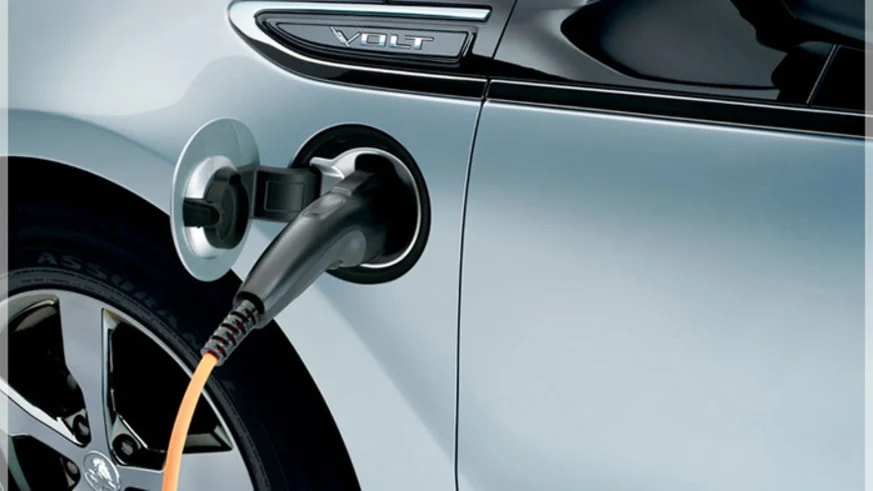
Electric vehicles (EVs) are currently the only cars on the road that can effectively utilise the single-speed transmission thanks to EV’s outstanding torque outputs from practically standing still.
This torque output means that an EV can still pull away cleanly from the lights using just the one extremely tall gear and maintain that clean level of motion out on the highway. The transmission is extremely simple for all parties involved with it and works by transferring the engine’s power onto a single gear which is then connected to the wheels to provide linear motion.
What the future holds for the development of new transmissions is unknown but as the top levels of motorsport continue to pioneer new technologies, there is sure to be some interesting progress coming our way.

